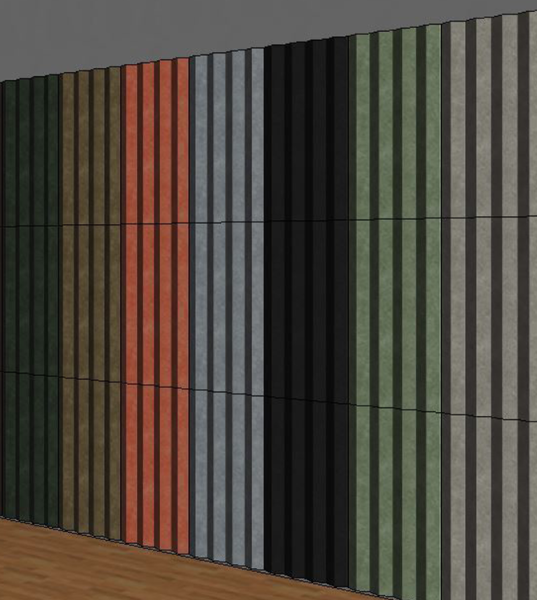Having the right tools to align everyone throughout the design process is crucial to execute a successful final product. That’s where BIM comes into play. You can perfect the design process with quality BIM elements that allow you to map out your project's needs with precision and technical detail.

BIM (Building Information Modeling) introduces a smoother process for constructing buildings and provides the tools to create digital 3D models of project plans including floors, walls, ceilings, and everything in between. BIM allows you to bring in all the objects you plan to include in your design and see how they interact with each other.

WHAT MAKES A GOOD BIM ELEMENT?
BIM offers a variety of benefits throughout the building process. However, the quality of the BIM elements you work with can make or break a project. So, what makes a good BIM element? BIM files should be easily accessible - what good is a tool you can’t find? Kirei has all of our BIM files available through our website as well as the BIMSmith Market. Additionally, BIM elements should be visually accurate (both in color and texture), include all the information for specification, and offer any available customization options.
With high-quality BIM files in your pocket, you can start to use BIM to its full potential and get all the benefits available.
4 BENEFITS OF BIM:

BIM ELEMENTS BRING YOUR VISION TO LIFE
Bringing your design to life requires you to be able to share your initial vision with clients and contractors alike. With BIM, digital 3D models help you do just that. Once you have your structure in place, you can continue to add design elements for the final product. By modeling the 3D structure, you can tailor interior elements including acoustic wall coverings or baffles to the correct building design. This allows you to incorporate acoustic materials, see how they interact with other elements in the space, and account for sound early on in the design process.

CENTRALIZED LOCATION OF ALL DESIGN INFORMATION
With so many cooks in the kitchen when it comes to completing a design, it’s important to have a centralized location for all the necessary technical information to complete the project. When you utilize BIM, the design information is available through cloud storage to all who need it in the building process. You can access BIM in the office, while contractors have it on site with all the technical details at their fingertips.

SAVE MONEY AND TIME
Deliver a dream experience for your clients by being as efficient as possible and using BIM to save both time and money. When you utilize BIM to map out the precise needs of your project, you can avoid over ordering by knowing the correct amount you’ll need for the space you’re designing. You’ll also avoid errors by seeing how different BIM objects will come together in the space. By eliminating any errors, projects become more efficient and stay on schedule.

KNOW EXACTLY WHAT YOU NEED BEFORE CONSTRUCTION BEGINS
Quality BIM elements include accurate specification information, product accreditation details, and custom options. With these details, you have information at your disposal to make the right choices to meet client wishes (account for noise level with NRC ratings), requirements, and building regulations (like fire rating). You can utilize custom options (included in BIM files) and output only what you need to complete the project. With the right details, you can export precise specifications and know exactly what your contractors will require to begin construction.

The benefits of BIM are vast, but always improved when you work with high-quality, accurate BIM files from the start. You can account for acoustics at the beginning of the design process with Kirei BIM elements. Add them in early and see how sustainable acoustic elements can elevate your design.
Bring your vision to life.
Download Kirei BIM files and Revit families and account for acoustics at the beginning of your design process.
